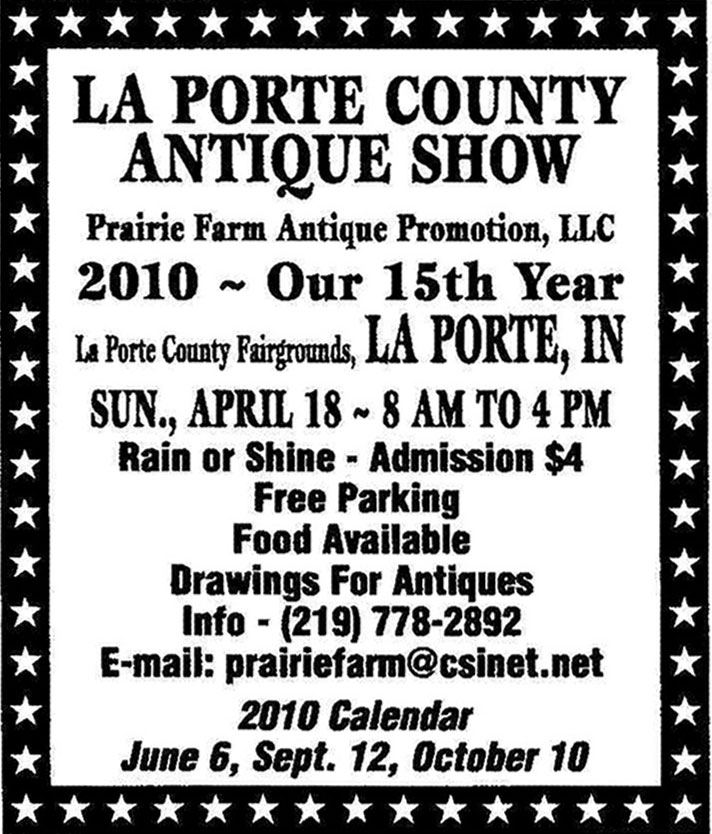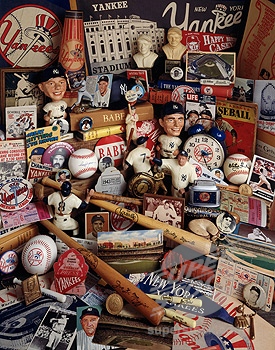Civitan’s Antiques & Collectibles Show – West Simsbury, CT – April 11, 2010
March 26th, 2010 by adminCivitan will be holding our 6th Annual Antiques & Collectibles Show at The Master’s School, 36 Westledge Rd., West Simsbury, CT (Route 309 West), on Sunday, April 11, 2010 from 9 a.m. to 4:00 p.m. Admission is $6.00 ($5.00 with coupon or this article). Children under 12 years: Free Admission. Refreshments will be available at the Civitan Food Court at the Show.
There are 60 Exhibitors who travel from as far away as Maine, Cape Cod, New York, Long Island, New Jersey, New Hampshire, Massachusetts, Rhode Island and Connecticut. Among the many items for sale will be glass, pottery, furniture, prints, paintings, jewelry, textiles, country antiques, native American, sterling, metalwork, early Inuit, nautical, fishing collection, equestrian items and much, much more.
The net proceeds of the event are dedicated to scholarships for a graduating Boy Scout, a Junior Civitan student and a Master’s School student. In addition to the scholarships funds will be used for Valley community projects and the Civitan Research Center. For further information contact Mary Turner, Show Manager, at (860) 658-7794 or email tolturner@comcast.net.





